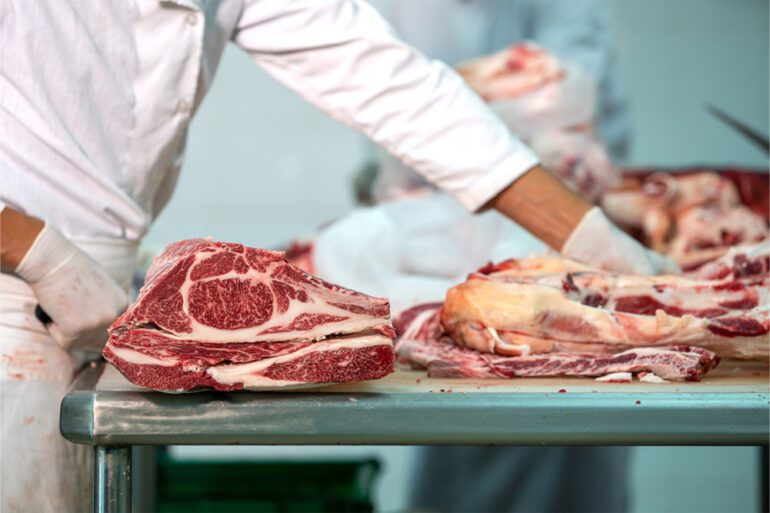TL;DR:
- Australian red meat processing industry faces challenges in retaining experienced workers.
- AMPC research employs machine learning to predict employee absenteeism and departure risks.
- HR data analysis identifies patterns using factors like sick leave, leave types, pay scale, and service length.
- Potential benefits extend beyond processing, enhancing the competitiveness of the entire industry.
- Machine learning model adaptable for different plants, with initial interest from two facilities.
Main AI News:
The Australian red meat processing sector faces a significant challenge in retaining its experienced workforce. However, a groundbreaking AMPC research program is poised to revolutionize the industry by harnessing the power of machine learning. This innovative approach has the potential to predict which employees are at risk of absenteeism or departure, enabling processors to proactively manage their staff and extend their tenure within the industry.
The cornerstone of this project was the in-depth analysis of HR data from a carefully selected red meat processor. Utilizing a sophisticated machine learning model, the program mined this data to draw insights from the behaviors of past employees, ultimately identifying analogous patterns in the current workforce. Key data points, such as sick leave patterns, leave types, days of the week when leave was commonly taken, pay scales, and length of service, were all factored into the analysis.
Amanda Carter, the Program Manager at AMPC, expressed her optimism regarding the potential impact of this model. She believes that if successful, it could not only benefit the processing sector but also ripple through the entire red meat supply chain, fostering a more globally competitive Australian red meat industry.
The research program has unequivocally demonstrated that the machine learning model holds great promise as a tool for curbing turnover rates in red meat processing plants. Moreover, it appears adaptable for implementation in various plants with only minor adjustments required.
Intriguingly, two plants have already shown interest in adopting this innovative model into their operational framework. Currently, discussions are underway to explore how an implementation trial might unfold and the specific steps involved in expanding the dataset. As the red meat industry inches closer to a more efficient and stable workforce, it’s clear that the fusion of machine learning and human resource management holds the key to a brighter future.
Conclusion:
This innovative application of machine learning in the red meat industry has the potential to revolutionize workforce management. Proactively identifying at-risk employees not only addresses retention challenges but also contributes to the industry’s global competitiveness. The model’s adaptability makes it a valuable tool for various processing plants, paving the way for a more stable and efficient market.

